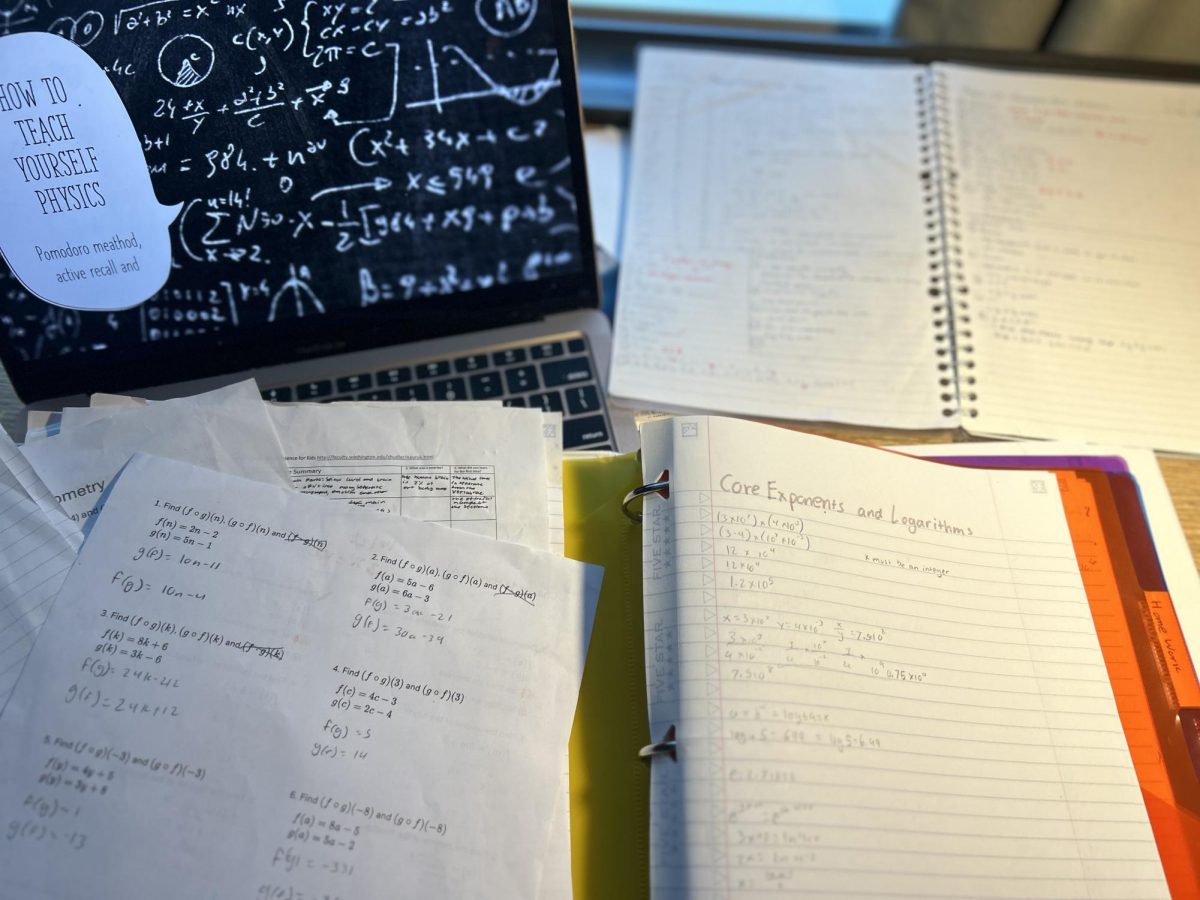Almost every class in an academic setting has had the same structure for decades. Students listen to the teacher give a lecture, take notes and go home to complete an assignment on the topic. While this may seem repetitive, there’s a reason it has stuck around for so long; it’s effective. Despite the effectiveness of this structure, there has been a growing movement pushing for so-called, “Flipped Classrooms.”
So, what is a flipped classroom? There are two main types that I have seen, the first is where groups of students are assigned sections of the class to learn, and then they make a presentation for the class to teach them that information. Now, while this might seem like an interesting and engaging way to run a classroom, more than a few problems arise with this structure.
Firstly, the obvious, students don’t know these subjects as well as teachers do. To be a teacher, you have to get degrees and certifications, verifying you are knowledgeable enough about this subject to teach it to other people. This combined with the fact that when most students are preparing for these presentations, they mostly just memorize what to say instead of actually getting an understanding of the topic, means that there are many gaps in their –and the rest of the classes– knowledge.
This can be especially frustrating when the subject is already hard or important and focuses a lot on practical applications as opposed to pure knowledge and memorization, such as math or science.
The second type of flipped classroom is where instead of teaching a topic and then assigning work, they assign work and then teach the topic. For example, if a class was learning about fractions, the teacher would assign homework on fractions and then teach the fraction lesson the next day.
While probably more effective than the other way, this method is incredibly frustrating. It also allows students to develop bad habits, or teach themselves the subject poorly, leading to them underperforming. In addition to causing a lack of knowledge, this method is incredibly stressful for students, even more so than just a regular hard class as it places the responsibility of teaching onto them.
Although it’s boring, the traditional style of teaching works. It balances the responsibility of work for the students, and the responsibility to teach for the teacher, and ensures a better understanding than the methods I previously mentioned. I think that we should stick to what we know works and leave flipped classrooms in the past.


